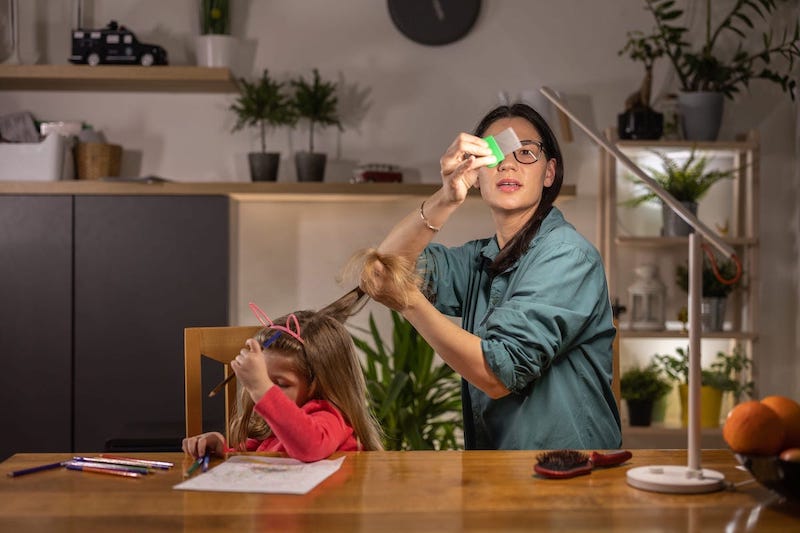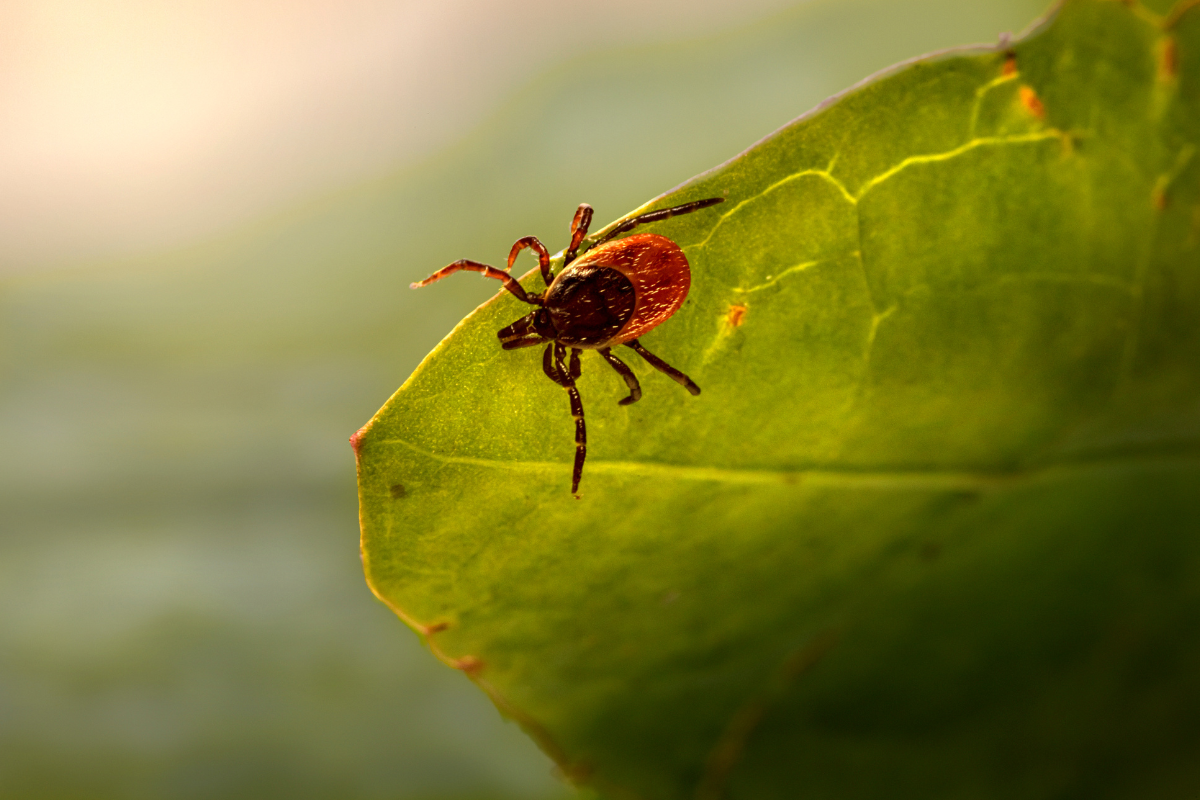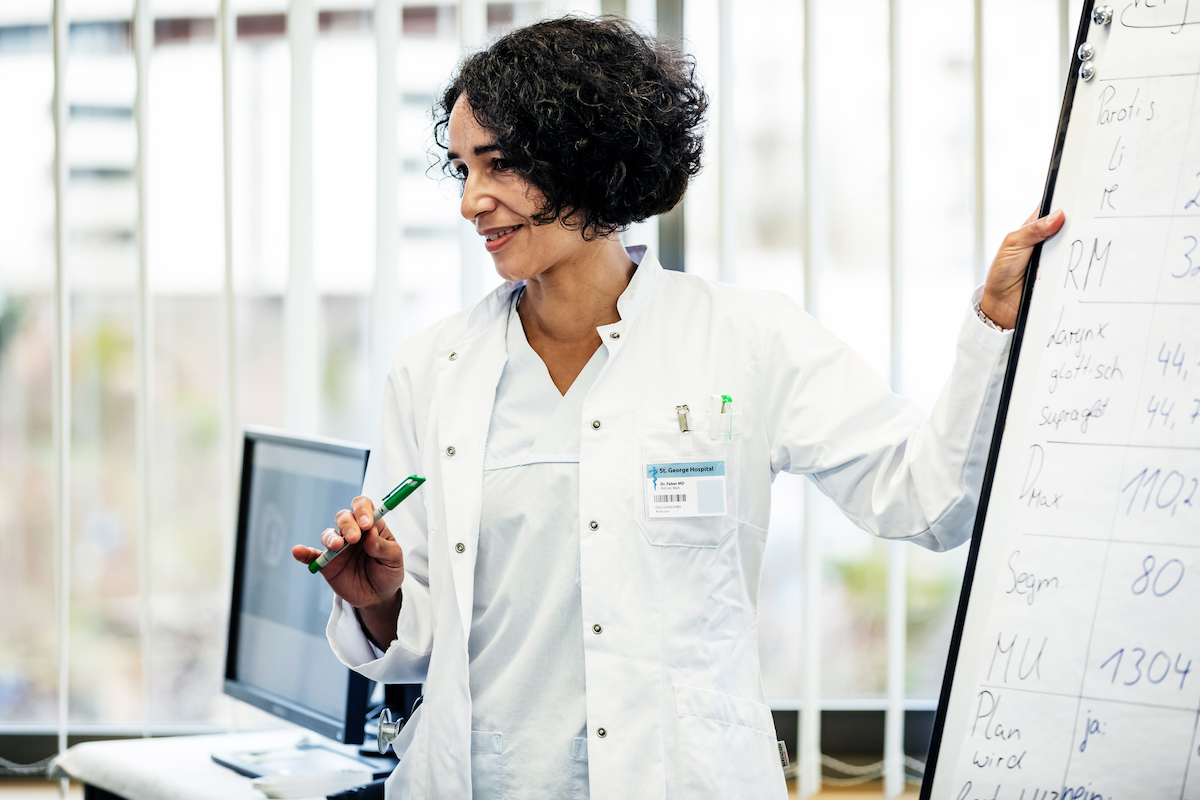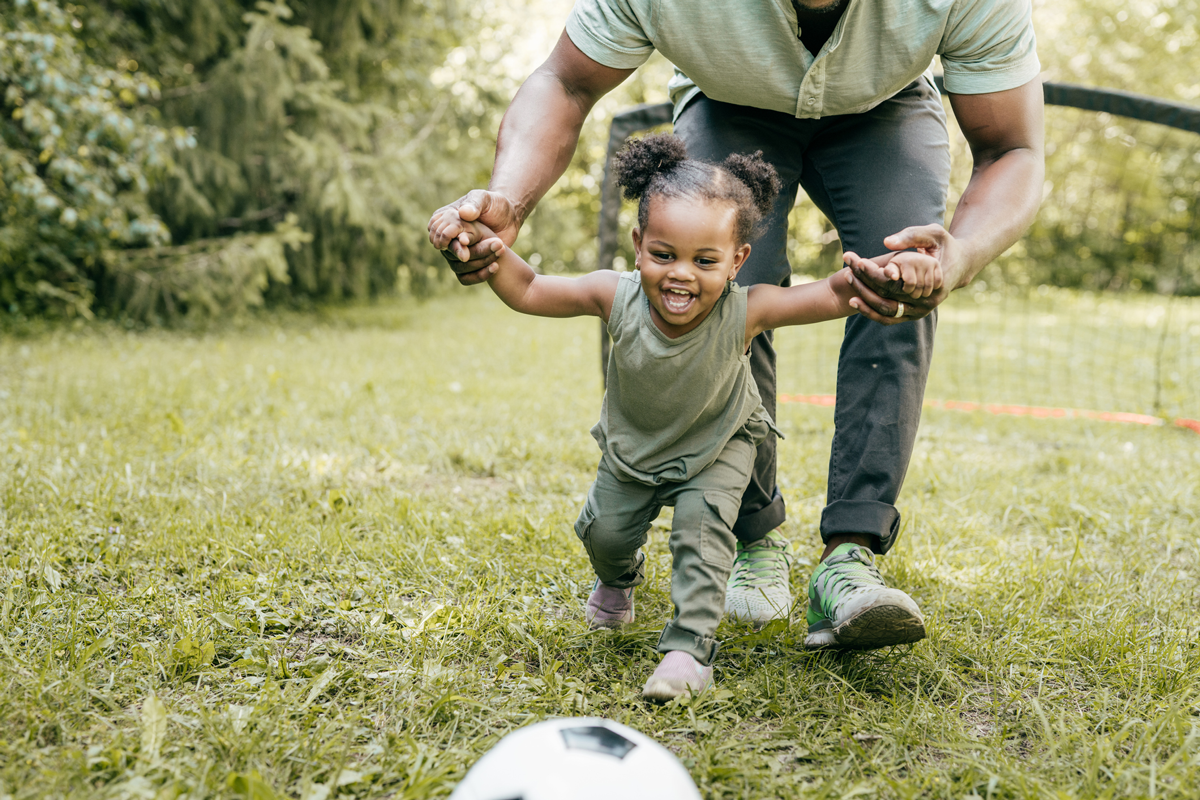Listen, I know you don’t want to read this. I know you’re settling down with your coffee, hoping to read about preschool or vaccinations, or really anything except itchy bugs that infest your child’s head or butt. However: sometime later (hopefully much later), you will thank me when you see worms in the toilet and you know what to do.
So, shall we?

Pinworms
Background
Pinworms are one of many intestinal worms that can infect humans. It is by far the most common worm infection in the U.S. An estimated 40 million Americans have pinworms, mostly without knowing it.
Pinworms have a very simple life cycle. An adult worm lays eggs in the anal area. If that area is scratched or otherwise touched, the eggs can be transferred to the hands. Without good hand-washing, these eggs may then be transferred to an individual’s mouth, or to food or clothing or linens, which may then enable transmission to others. Eggs can be airborne and swallowed that way.
The eggs lodge and hatch in the small intestine, and then adult worms lodge themselves through your gastrointestinal tract, where they can continue to reproduce (a single female can lay 10,000 eggs). In the evening, female worms migrate to the anal area to lay eggs. This movement, along with the inflammation associated with the eggs, causes itching. The itching dislodges the eggs, which then continues the cycle. I’ve put a nice graphic from the CDC below (they didn’t illustrate the itching, but you can imagine it).
Are pinworms harmful?
No! Good news. Most cases are totally asymptomatic (this is why 40 million people currently have them and mostly do not know). The most common symptom is anal itching, especially at night. In an extreme case, you could have a high enough worm burden to cause abdominal pain and nausea, but this is really uncommon.
How would I know if my child has them?
For most kids — and children are, indeed, the most likely carriers of this — the main symptom is anal itching in the evening (pinworms like to come out in the dark). This can be quite disruptive and severe, making it hard to sleep.
Of course, kids’ butts itch for a lot of reasons. There are a few ways to confirm a worm diagnosis. One is to see the worms; sometimes you can see them either in poop (uncommon but possible) or right at the edge of the anus. They are small and white and, well, let’s just say you’ll know.
It may also be possible to detect eggs by pressing a piece of tape to the anal region, typically first thing in the morning, and then mounting the tape on a microscope slide. Eggs may be visible under a microscope (you might need the doctor for this).
How is it treated?
More good news is that pinworms are very easily treated. There are a number of options, but the popular over-the-counter option has the active ingredient pyrantel pamoate. It’s sold as Pin-Away or Reese’s Pinworm Medicine. You take a dose, and then another two weeks later to make sure they’re dead. The medication is easy to get but unfortunately tastes terrible and seems to be inexplicably banana-flavored. However, the cure rate is 90% to 100%.
When you treat pinworms, you ideally want to treat your whole family, since other family members may be asymptomatic (this treatment is fine in pregnancy). In addition to treating, you want to wash all the sheets and blankets and sleeping toys on hot, to kill any eggs.
How can I prevent it? Please.
You cannot fully prevent pinworms. However, keeping fingernails short and engaging in careful hand-washing can lower the risk.
Action items
- Be aware that if your kid starts complaining about butt itching, you’ll have a good candidate diagnosis.
- Consider stocking up on some pinworm medication just in case, and because this happens at night and no one likes to drive to the pharmacy at 10 p.m. while their child wails about how they cannot sleep due to the unbearable itching.
Lice
Background
You’ll know this condition as “head lice,” but the official name is pediculosis capitis. It’s the infestation of the head by the head louse (there are two other types of lice, which infest other body parts).
An adult female louse can live for about one month on a human head, laying 7 to 10 eggs per day at the base of each hair. These hatch in eight days and then mature for another eight. Adult lice feed on the scalp and close-by areas.
Adult lice need a person to survive (they can live a couple of days outside of a human host but likely lose their ability to reproduce very quickly), so most transmission is direct head-to-head.
Lice make your head itch, due to an allergic reaction to their saliva.
Are lice harmful?
The itching that is produced by lice infestation can be harmful due to the risk of open-wound infection from scratching. The lice do not spread other disease.
How would I know if my child has them?
It is a commonly suspected explanation for an itchy head in children. Diagnosis is based on observing lice in the hair. Sometimes you can just see them, but diagnosis is better with a fine-tooth comb (they sell special lice combs, but any fine-tooth comb will work). Comb slowly through the hair at the base and then examine the comb after each pull-through. You may find nits (eggs), nymphs, or adult lice.
This combing can be done on a dry head or after applying conditioner (“wet-combing”). Either type of combing is more effective for detection than just looking at the head.
An important related note: Treatment for lice is recommended only if adult lice or nymphs are found. If only nits are found, it is not an active infection and does not need treatment.
How is it treated?
Here is where things get a little complicated.
Broadly, most cases of head lice are treated with some kind of special shampoo/head wash/treatment. These are called “topical pediculicides.” Most of the treatments involve saturating dry hair with the chosen substance, leaving it for a period (say, 10 to 15 minutes, depending on the product), and then washing it out.
The first-line treatment, the one you probably remember from childhood, is a pyrethroid product. This is a natural product, made from chrysanthemum extract, that is toxic to lice but extremely well tolerated and safe for people. This treatment is available over the counter (there is also a prescription version, but there is no evidence that it works better).
This is still usually the first-line lice treatment. However, lice have been growing resistant to pyrethroids, likely due to a particular genetic mutation. This mutation appears to be virtually universal in the U.S., which would suggest that the first-line treatment is mostly useless. Having said that, there is some data suggesting that maybe the genetic mutation does not eliminate the efficacy. So the choice of treatment is a judgment call.
The good news is that there are other (prescription) options for lice treatment. One is malathion, which has the disadvantage of taking 8 to 12 hours to work and being very smelly and flammable. Others include benzyl alcohol, a newer drug called spinosad, and ivermectin. In resistant cases, oral ivermectin is sometimes used. There are combination therapies. There are electric combs (no hard evidence these work).
If your child has lice, you also need to wash their sheets and pillows and anything that touches their hair (hats etc.).
The bottom line is that there is no widely accepted second-line therapy if the standard pyrethroid doesn’t work or seems like it will not work. On the plus side, there are many possible treatments that seem to be effective. This is something to discuss with your doctor.
How can I prevent lice?
Lice outbreaks in school happen; excluding kids from school is not thought to be effective, in addition to being stigmatizing. Schools can limit possible spread by encouraging kids to have their own hooks for their hats and discouraging head-to-head contact. Lice do not fly or jump far, so they really need to have people’s heads touching to move between them.
Action items
Just awareness! No point in stocking up on lice treatment given how variable the recommendations are.
Community Guidelines















